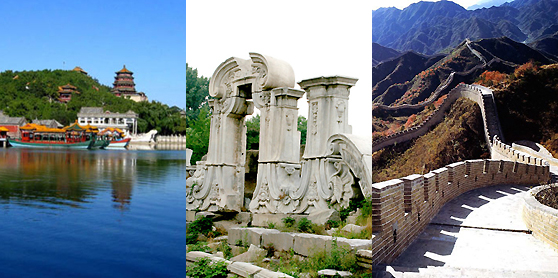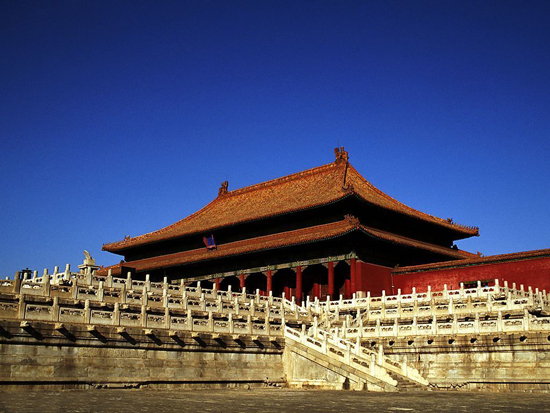Top 15 attractions in Beijing, China
- By Xu Lin
 0 Comment(s)
0 Comment(s) Print
Print E-mail China.org.cn, May 29, 2012
E-mail China.org.cn, May 29, 2012

The Forbidden City(紫禁城/故宮)
|
The Forbidden City [nipic.com] |
Also known as the Imperial Palace, or the Palace Museum, the Forbidden City was the place where the emperors of the Ming and Qing dynasties carried out their administration and lived. Now it is open to the public as a palace museum where people can see the great traditional palace architecture, enjoy the treasures kept in the palace, and learn of the legends and anecdotes of the imperial family and the court.
The Forbidden City is the largest and best-preserved mass group of palaces in China. The palaces are fully walled on four sides by 10-meter-high walls which extend 760 meters (0.47 miles) from east to west and 960 meters (0.6 miles) from north to south. It has 720,000 square meters (72 hectares) of courtyards, pavilions, great halls, flourishing gardens and nearly 10,000 rooms. Built by tens of thousands of people, it took over 14 years and 32 million bricks to complete.
The entire complex sits on a north-south axis, with halls and houses symmetrically arranged on the side. It consists of three parts: the outer court where the emperor received high officials and administered state affairs; the inner court where the emperor, empress and concubines lived; and the private Imperial Garden for the imperial family to entertain and relax.
The Forbidden City became a UNESCO World Heritage Site in 1987.
Admission: 60 yuan (US$9.46)/person (summer);
40 yuan (US$6.31)/person (winter)
Go to Forum >>0 Comment(s)







